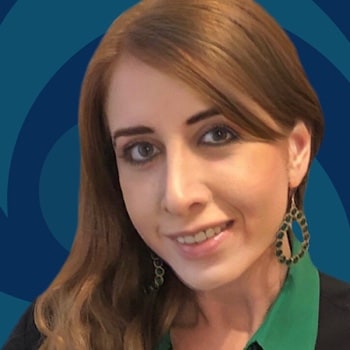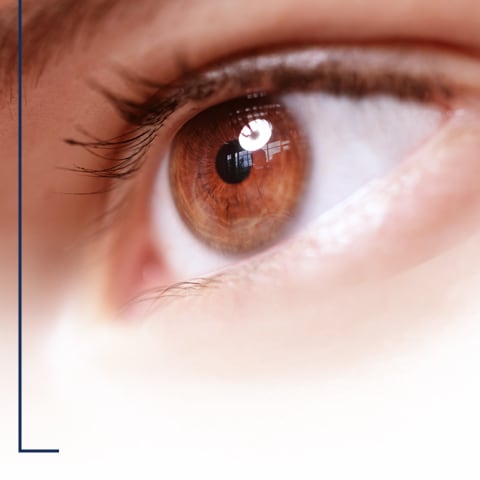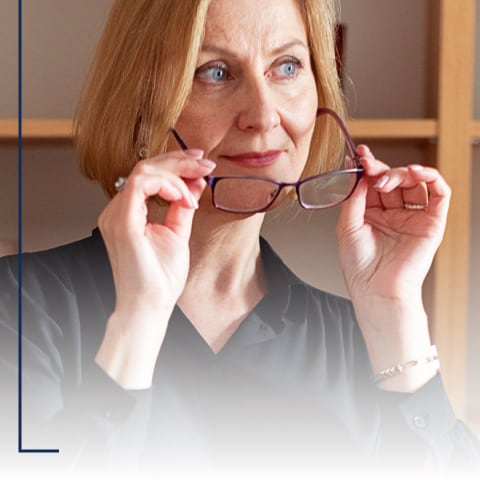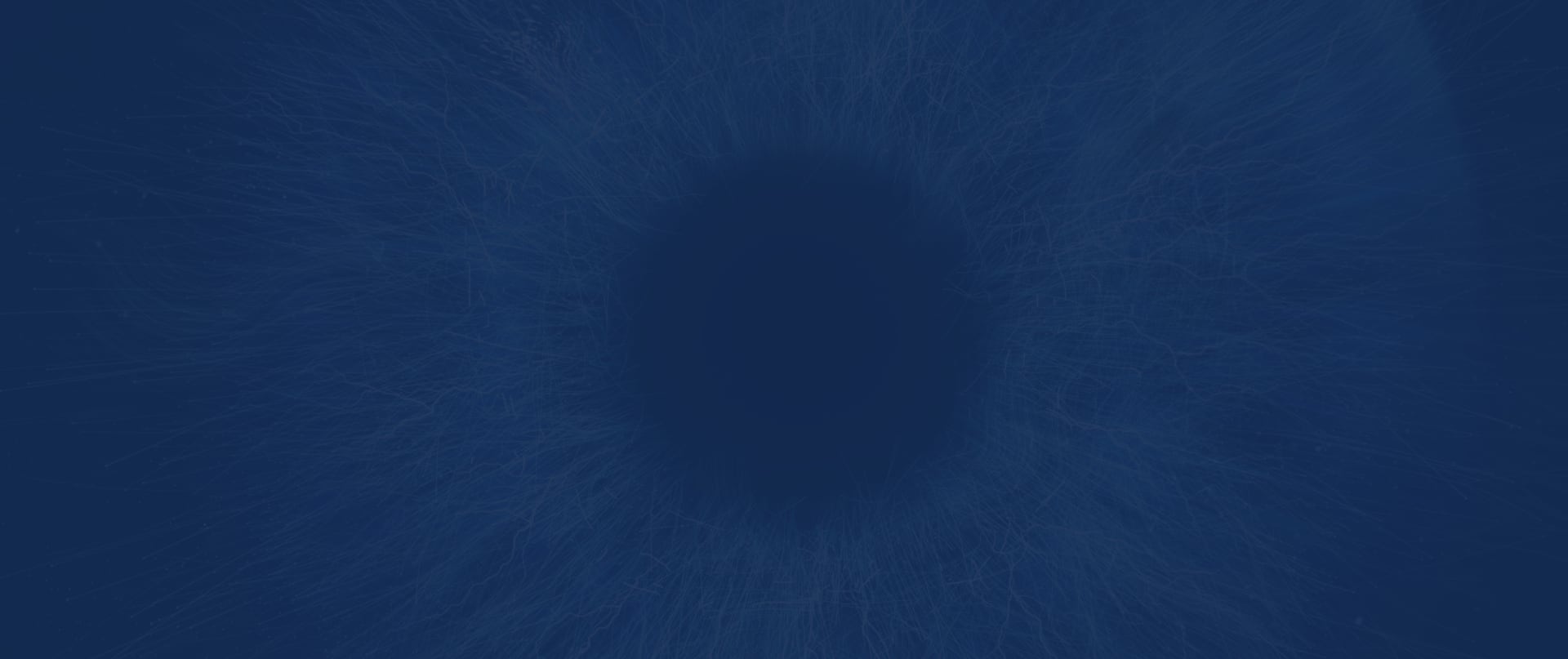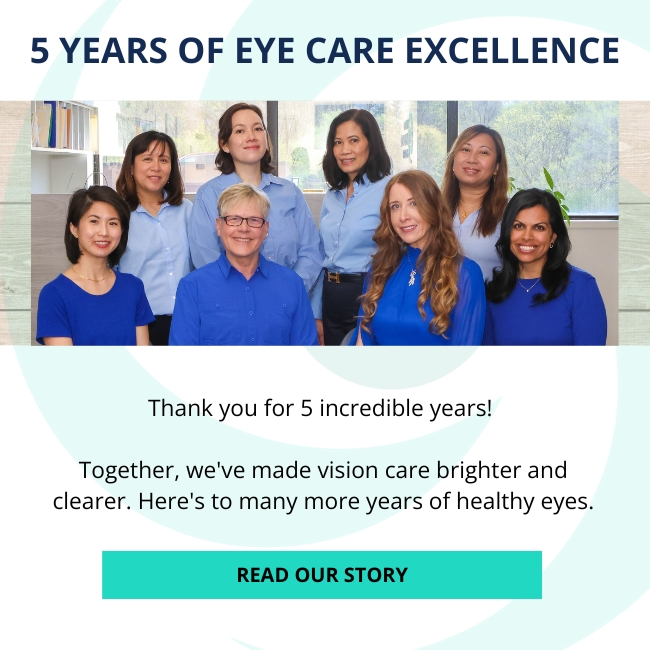Myopia, or nearsightedness, is becoming increasingly common in children around the world. Many parents first discover it when their child starts squinting to see the board at school or complaining of blurry distance vision. However, myopia is more than just needing glasses. It is a condition that can have long-term consequences for eye health. Fortunately, there are now effective ways to slow it down. Here’s what you need to know.
What Is Myopia?
Myopia is a vision condition where close-up objects appear clear, but distant objects look blurry. This happens because the eye grows too long from front to back, causing light to focus in front of the retina instead of directly on it.
It typically begins in school-age children and can worsen during the growing years. It’s diagnosed during an eye exam, and its severity is measured in diopters (D). A higher number means stronger glasses are needed, which comes with a greater risk for complications later in life.
Why Must We Address Your Child’s Myopia?
For many years, myopia was seen as a minor inconvenience, just a need for glasses or contacts. But research has now shown that myopia, especially in higher degrees, increases the risk of serious eye conditions later in life, such as:
- Retinal detachment
- Glaucoma
- Cataracts
- Myopic macular degeneration
These conditions can lead to irreversible vision loss. The earlier myopia begins and the faster it progresses, the more severe it tends to become. That’s why it’s important to do more than just correct the vision, we need to slow down the eye’s growth and reduce the future risks.
What Are the Management Options?
Thanks to modern research, we now have tools specifically designed to control myopia, not just correct it.
1. Myopia Control Glasses
New specialized glasses, such as DIMS (Defocus Incorporated Multiple Segments) lenses or H.A.L.T. lenses (available in products like MiYOSMART™ or Stellest™), have been shown to slow myopia progression by 50% or more. They look like regular glasses but use special lens designs to reduce the stimulus that causes the eye to elongate.
2. Atropine Eye Drops
Low-dose atropine drops (usually 0.01–0.05%) used at bedtime can slow down the rate at which myopia worsens. These drops don’t usually improve vision directly, so glasses are still needed. But they function to significantly reduce the speed of progression, especially in children whose myopia is rapidly worsening.
3. Soft Contact Lenses (Multifocal or Specially Designed Myopia Control Contact Lenses)
These soft contact lenses have special designs that reduce strain on the eye and have been proven to slow down elongation of the eyeball. They are a good option for children who are comfortable with handling contact lenses.
4. Orthokeratology (Ortho-K)
These are specially designed rigid contact lenses worn overnight to temporarily reshape the cornea, think of something like a retainer for the front surface of the eyes. They provide clear vision during the day without the need for glasses or daytime contacts while slowing down myopia progression. Ortho-K is ideal for active kids or those who prefer not to wear glasses during the day.
5. Outdoor Time
Spending at least 1.5 to 2 hours a day outdoors has been shown to reduce the risk of developing myopia in children. Natural light and long-distance focusing help protect the eyes during the critical years of development.
What Can Parents Do?
Early detection is key. Schedule regular comprehensive eye exams—ideally once a year for school-age children. If your child is already nearsighted, talk to your optometrist about myopia control options. Call us today to book your child’s eye exam to discuss which management plan would be best suited for your nearsighted child!

